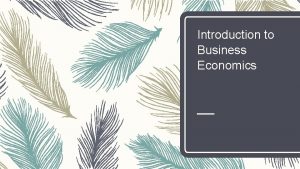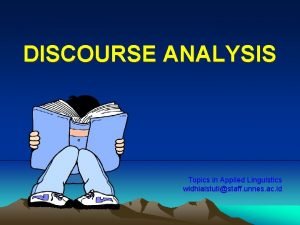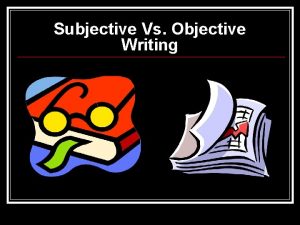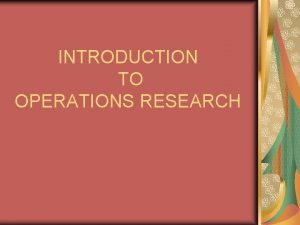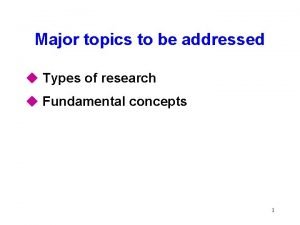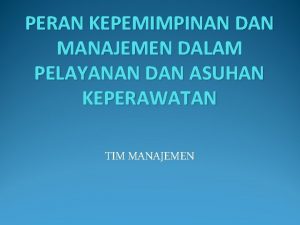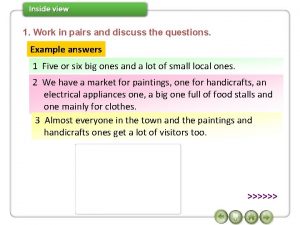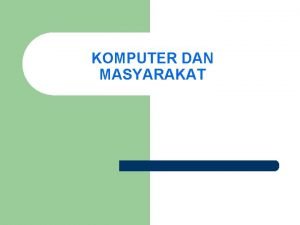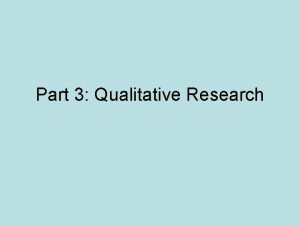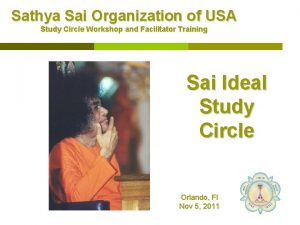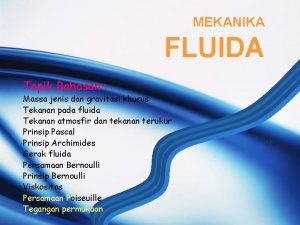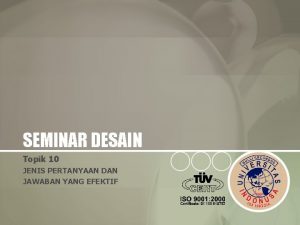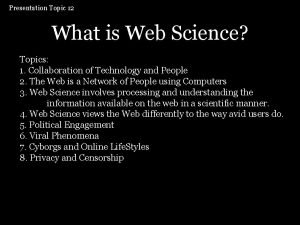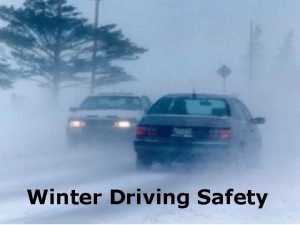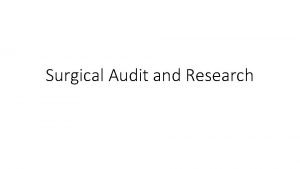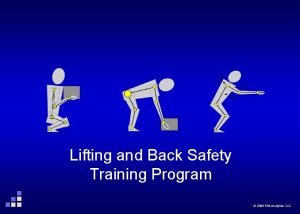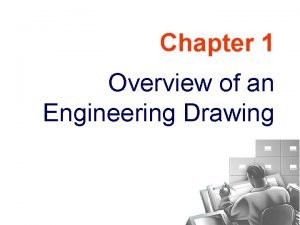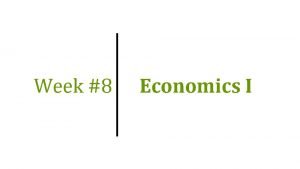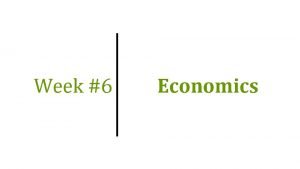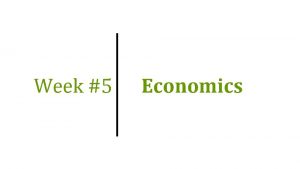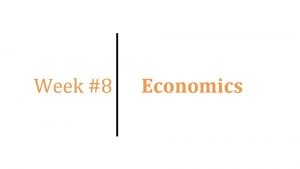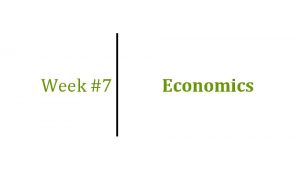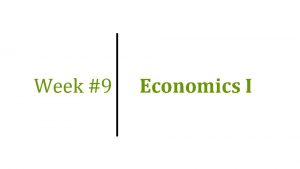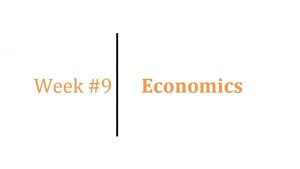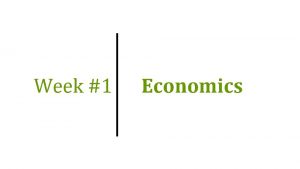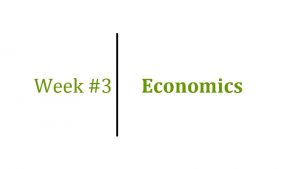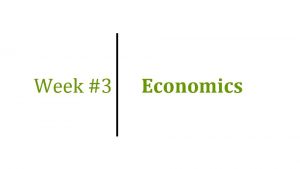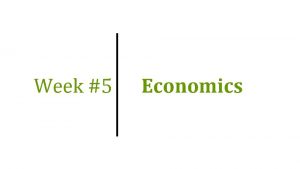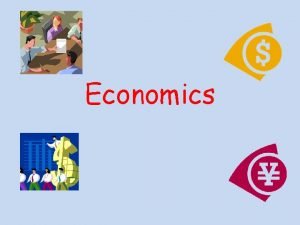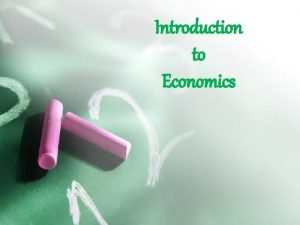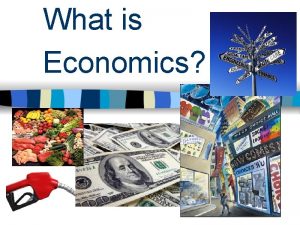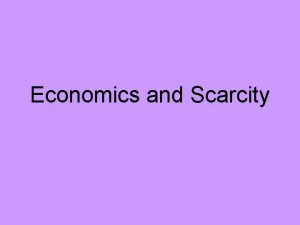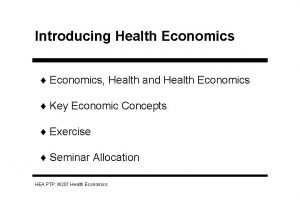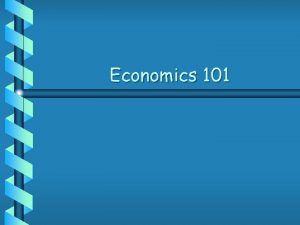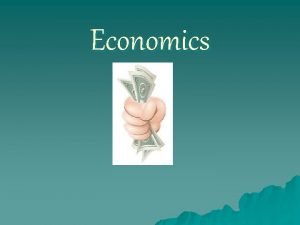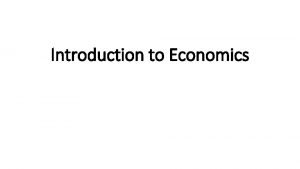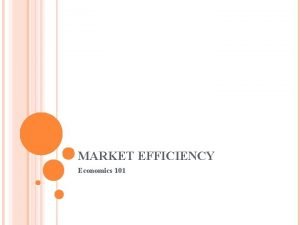Week 2 Economics Topics of Week 2 1







































- Slides: 39

Week #2 Economics

Topics of Week #2 1. 2. 3. 4. 5. Shift in Production Possibilities Curve* Comparative Advantage Absolute Advantage Terms of trade Investment/Capital Goods and Future Growth* "*" Indicates the most important topics. Mateer and Coppock: Chapter #2

Shift in the PPF • If the PPF were to expand outward, some previously unattainable good combinations would now be possible to produce. • The PPF could shift graphically in two ways. – New resources or technology could be introduced that either • Affect the production of one good, or • Affect the production of both goods.

Shift in the PPF

Shift in the PPF

Practice What You Know Production Possibilities Frontier • You will have 30 seconds each to answer a number of true/false questions. • Please join up with a partner.

Practice What You Know Production Possibilities Frontier 1. (True/False) Point A represents the amounts of cars and bicycles that will be sold. Bicycles A Cars

Practice What You Know Production Possibilities Frontier 1. (True/False) Point A represents the amounts of cars and bicycles that will be sold. False. It represents how many cars and bicycles are produced! Bicycles A Cars

Practice What You Know Production Possibilities Frontier 2. (True/False) As you move from point F to point G, the price of bicycles increases. Bicycles G F Cars

Practice What You Know Production Possibilities Frontier 2. (True/False) As you move from point F to point G, the price of bicycles increases. False. Bicycles G The number of bicycles produced increases. F Cars

Practice What You Know Production Possibilities Frontier 3. (True/False) Movement along the curve from point C to point A shows us the opportunity cost of producing more bicycles. Bicycles C A Cars

Practice What You Know Production Possibilities Frontier 3. (True/False) Movement along the curve from point C to point A shows us the opportunity cost of producing more bicycles. Bicycles False. C It represents the opportunity cost of producing more cars. A + Cars

Practice What You Know Production Possibilities Frontier 4. (True/False) If we have high unemployment, then the curve shifts in. Bicycles ? Cars

Practice What You Know Production Possibilities Frontier 4. (True/False) If we have high unemployment, then the curve shifts in. False. Unemployment means that not everyone is working so production is inside the PPC. The PPC stays put since it represents the maximum output if all resources are being used to the fullest. Bicycles ? Cars

Practice What You Know Production Possibilities Frontier 5. (True/False) If an improved process for manufacturing cars is introduced, then the entire curve will shift out. Bicycles ? Cars

Practice What You Know Production Possibilities Frontier 5. (True/False) If an improved process for manufacturing cars is introduced, then the entire curve will shift out. False. Bicycles The curve only moves out along the car axis. Compared to before, it is not possible to increase maximum bicycle production. ? Cars

Trade • Markets – Bring buyers and sellers together to exchange goods and services. • Trade – The voluntary exchange of goods and services between two or more parties. – Key word = voluntary – You don't engage in trade if it makes you worse off; therefore, trade only occurs if both parties feel they gain from the trade!

Specialization and Trade • Improvements in technology and more resources can make an economy more productive. • Specialization and trade can also create gains for society. • Assume now – Two goods (pizza and wings) – Two people with different abilities in the production of pizza and wings

Absolute Advantage Person Debra Winger Mike Piazza Daily Production Pizzas Wings 60 120 24 72 • Absolute advantage – One person can perform each task more effectively than the other person. – Who has the absolute advantage in pizza? In wings?

Without Trade Situation Without Trade Person Good Debra Pizza 40 40 Wings 40 40 Pizza 18 18 Wings 18 18 Mike Production Consumption • Without specialization and trade – Mike and Debra each have to produce their own wings and pizza. – Each person can only consume what they produce.

Without Trade Situation 40

SNAPSHOT Shaq and Comparative Advantage But Shaq made an average of $15 million a year playing basketball! That's over $40, 000 a day. Giving up basketball for moving would have meant a huge opportunity cost. When it comes to moving, the movers had a comparative advantage. It was a nobrainer for Shaq to hire them and devote his time to hoops! Shaq was a basketball star, but he also would have been a star mover. Experienced movers can earn $20 an hour. With Shaq's strength, he might have been worth $40 an hour. He had an absolute advantage in basketball AND moving.

Comparative Advantage • Without trade, you would have to produce everything you consume. – You would have to make your own food, clothing, housing, and electronics. – You would have to do all your own services as well (haircutting, plumbing, dentistry, education) • Comparative advantage – The situation in which an individual, business, or country can produce at a lower opportunity cost than a competitor. – Allows gains from trade to occur.

Specialization and Trade • Specialization – You go to Starbucks to get coffee. – You go to the doctor when you're sick. – You don't have to do everything yourself: people specialize in what they're best at (lowest opportunity cost) and you can trade with them. • Trade controversies – India or China may have a comparative advantage (relative to USA) in laborintensive goods. – Result: outsourcing of jobs – What if this causes an American worker to lose his job?

Opportunity Cost Calculation Person Debra Winger Mike Piazza Daily Production Pizzas Wings 60 120 24 72 Opportunity Cost 1 Pizza 1 Wing 2 wings 1/2 pizzas (120 ÷ 60) (60 ÷ 120) 3 wings (72 ÷ 24) 1/3 pizzas (24 ÷ 72)

Opportunity Cost Person Debra Winger Mike Piazza Opportunity Cost 1 Pizza 1 Wing 2 wings 1/2 pizzas (120 ÷ 60) (60 ÷ 120) 3 wings 1/3 pizzas (72 ÷ 24) (24 ÷ 72) • Comparative advantage – Debra: comparative advantage in pizza production • She gives up fewer wings than Mike. – Mike: comparative advantage in wing production • He gives up fewer pizzas than Debra.

With Specialization and Trade With Trade Gains from Trade Person Good Production Consumption Debra Pizza 60 41 (keeps) +1 Wings 0 47 (from Mike) +7 Pizza 0 19 (from Debra) +1 Wings 72 25 (keeps) +7 Mike • With specialization and trade – Debra produces pizza and gives 19 pizzas to Mike; – Mike produces wings and gives 47 wings to Debra; – Each person consumes more with trade.

Gains from Trade

Terms of Trade Person Opportunity Cost Ratio Debra Winger 1 pizza equals 2 wings 1: 2 = 0. 50 Terms of trade 19 pizzas for 47 wings 19: 47 = 0. 40 Mike Piazza 1 pizza equals 3 wings 1: 3 = 0. 33 • Terms of Trade – As long as the terms of trade are between the opportunity costs of the trading partners, the trade benefits both sides.

Gains from Trade • Previously, we noted the gains from trade and specialization. • Terms of trade – The relative prices, or exchange rate of goods. – How many wings per pizza?


Economics in Cast Away • "Cast Away (2000)" – Imagine a world in which there was no specialization and trade. – You would have to do everything by yourself. – Your consumption = your production

Trade-off Between Present and Future • Consumer goods – Goods produced for current consumption – Food, housing, clothing, entertainment • Capital goods – Goods that help produce other valuable goods – Buildings, factories, roads, machinery, computers • Investment – Using resources to make new capital

Capital Goods and Future Growth

Capital Goods and Future Growth

Capital Goods and Future Growth • Over the last 20 years, China and India have invested in more capital compared to the United States and Europe. • The result? – China is sacrificing today's consumption for a better future. – China and India have higher growth rates. – Another trade-off: Chinese workers have less leisure time than American workers.

Practice What You Know With regard to the PPF, an efficient point is a point that is A. B. C. D. impossible to reach. inside the PPF. outside the PPF. on the PPF.

Practice What You Know If we move down and to the right along a PPF, the opportunity cost of this movement can be measured in terms of A. B. C. D. how much of the x-axis good we gain. how much of the y-axis good we gain. how much of the x-axis good we give up. How much of the y-axis good we give up.

Sources • "Principles of Economics with Smartwork Access (ISBN: 978 -0 -26314 -5), 1 st Edition, 2013" by Mateer and Coppock • "Economics: Custom Edition for NCSU (ISBN: 9781937435202 " by David Hyman
 Business economics topics
Business economics topics Maastricht university school of business and economics
Maastricht university school of business and economics Non mathematical economics
Non mathematical economics Week by week plans for documenting children's development
Week by week plans for documenting children's development Special investigative topics 3232
Special investigative topics 3232 Thematic essay human rights
Thematic essay human rights Content and discourse analysis
Content and discourse analysis Sabbath school classes names
Sabbath school classes names What is clt?
What is clt? Enduring issues essay template
Enduring issues essay template Subjective writing
Subjective writing Hot topics in leadership
Hot topics in leadership Campus recruitment training topics
Campus recruitment training topics Scope of operation research
Scope of operation research Project management topics
Project management topics Chapter 9 topics in analytic geometry
Chapter 9 topics in analytic geometry Topics to be addressed
Topics to be addressed Peran pemimpin dalam keperawatan
Peran pemimpin dalam keperawatan D) in pairs, discuss the following topics:
D) in pairs, discuss the following topics: Behavioural training topics
Behavioural training topics Computer and society topics
Computer and society topics Tourism grade 12 topics
Tourism grade 12 topics Philosophical assumption
Philosophical assumption Cs 527 uiuc
Cs 527 uiuc Ppt topics
Ppt topics Study circle topics
Study circle topics Gambar viskositas
Gambar viskositas Design seminar topics
Design seminar topics Engineering management topics
Engineering management topics Technology research topics
Technology research topics Finance topics for discussion
Finance topics for discussion Signature curve crossword
Signature curve crossword Science presentation topics
Science presentation topics Winter driving safety topics
Winter driving safety topics Fictional story
Fictional story Surgical audit topics
Surgical audit topics Writing ecpe
Writing ecpe Safety awareness topics
Safety awareness topics Engineering drawing chapter 1
Engineering drawing chapter 1 Www.quizlet.lived
Www.quizlet.lived
